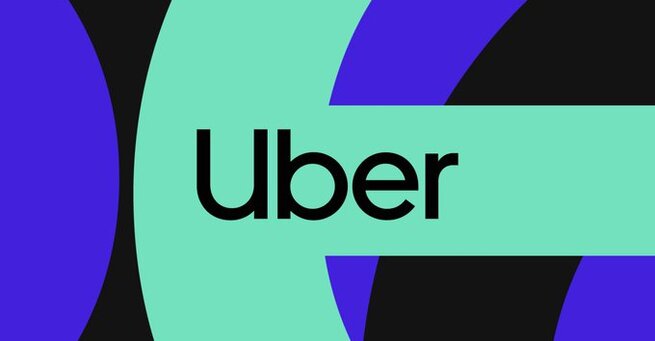Alerts

Uber is turning its app into an AI training ground — a bold new move that could redefine how gig workers earn money while helping build the future of artificial intelligence. In its quest to become the ultimate platform for “flexible work,” Uber now lets US drivers and couriers perform microtasks to train AI models.
These tasks include simple but essential data labeling jobs — recording short audio clips, uploading images, or submitting documents in various languages. For instance, a driver might upload photos of cars, record themselves speaking in their local dialect, or even upload a restaurant menu in Spanish. Each microtask pays differently, with some earning up to a dollar per submission.
With this move, Uber is turning its app into an AI training ground that rivals platforms like Scale AI and Amazon’s Mechanical Turk. Both companies are known for connecting AI developers with human workers who annotate data, a process vital for improving machine learning models. Uber’s massive global workforce gives it an edge — transforming millions of drivers into potential AI contributors.
While companies like Scale AI typically outsource this labor overseas to minimize costs, Uber’s decision to involve its US-based drivers could reshape perceptions of “AI work.” It represents a new kind of digital side hustle — merging gig work with the fast-growing AI economy.
Uber says these new AI-related microtasks are part of its broader vision to make gig work more flexible and rewarding. During a recent event in Washington, DC, CEO Dara Khosrowshahi emphasized that the company wants to create “the best platform for flexible work.”
Alongside the AI initiative, Uber announced a redesigned driver experience. Updates include improved trip offer cards, a new heatmap that directs drivers to high-demand areas, and features that give women drivers more control over their rides.
Uber has quietly explored this space before through what it calls “human-in-the-loop” AI systems — blending human expertise with machine automation. Earlier this year, the company acquired Belgian startup Segments.ai to expand its data-labeling capabilities. This acquisition strengthens Uber’s foundation in AI training, giving it both the tech and the human power to compete in this growing field.
By leveraging its existing network of drivers, Uber is turning its app into an AI training ground that combines data collection, labeling, and AI development into one unified platform. It’s not just about rides anymore — it’s about building smarter AI systems that could eventually power Uber’s own autonomous vehicles and beyond.
For Uber’s millions of drivers, this could open a new stream of income that doesn’t rely on driving hours or fuel costs. Performing AI training microtasks can be done anywhere, anytime, offering more flexibility than traditional ride requests.
At the same time, it raises questions about pay fairness, data privacy, and the future of human labor in AI development. Will gig workers become essential contributors to the AI revolution — or just another source of low-cost labor?
Either way, Uber’s transformation into an AI training hub signals how deeply AI is reshaping work in 2025. The lines between driving, data labeling, and digital labor are blurring fast — and Uber seems determined to lead that change.
𝗦𝗲𝗺𝗮𝘀𝗼𝗰𝗶𝗮𝗹 𝗶𝘀 𝘄𝗵𝗲𝗿𝗲 𝗿𝗲𝗮𝗹 𝗽𝗲𝗼𝗽𝗹𝗲 𝗰𝗼𝗻𝗻𝗲𝗰𝘁, 𝗴𝗿𝗼𝘄, 𝗮𝗻𝗱 𝗯𝗲𝗹𝗼𝗻𝗴. We’re more than just a social platform — from jobs and blogs to events and daily chats, we bring people and ideas together in one simple, meaningful space.